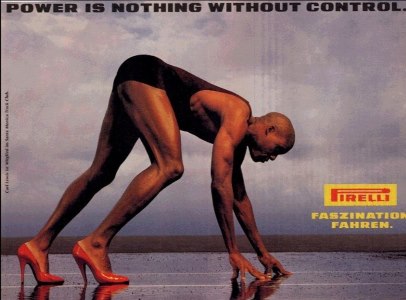Last week I was reading an interesting article (if a bit dry) about deceleration of movements in sports. You can read it here, I think it’s worth it. One of the points it made is that little attention is given to studying deceleration. I agree. Compared to acceleration training, the attention deceleration receives is almost minimal. I always found that strange, as I learned many years ago that it is a hallmark of combat sports and martial arts, but it’s routinely overlooked. I’ll explain in a bit but first a quote from the article:
High levels of eccentric strength are required in tandem with appropriate training of deceleration technique specific to sporting performance, while the demands of the sport situation determine the critical distance, direction, and time that the deceleration must occur.
In other words, you need a specific kind of strength (eccentric) instead of the one you use for acceleration (concentric) while at the same time adjusting on the fly to changing conditions.
This is a bit of an oversimplification, but it’s a good rule of thumb. It is particularly true in martial arts and self-defense. Here’s why:

One of the ways sports are classified is into specific types of movement: cyclic or acyclic (also acyclic combined but we won’t cover that now.)
Cyclic means a repetitive movement pattern like swimming, running or cycling. In those sports, you pretty much do the same movement all the time. The only main difference is if you do it with endurance as a goal (run as far as you can) or with speed (run as fast as you can.) I know this is also an oversimplification but bear with me.
Acyclic means several different movement patterns are necessary. Examples are team sports such as basketball or volleyball, but also fencing, tennis, and boxing. In all these sports, you perform a variety of techniques/movements and go from one technique to another. Acyclic sports typically require good technique, speed, and power.
Whenever you fight, in the street or in competition, you perform acyclic movements. You punch, then you kick, then you move then you grapple, then you punch again, etc. It always changes. What’s more, these changes happen because your opponent does the same as you. You have to adjust whatever you’re doing to his movements. That leads to only one conclusion if you follow this reasoning: [Read more…]
